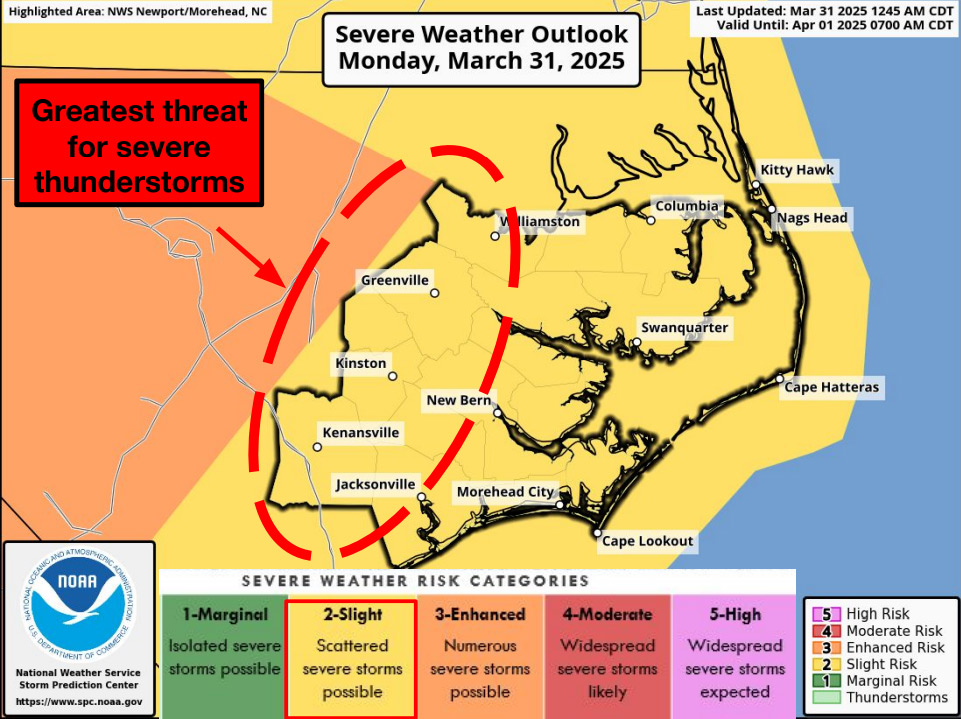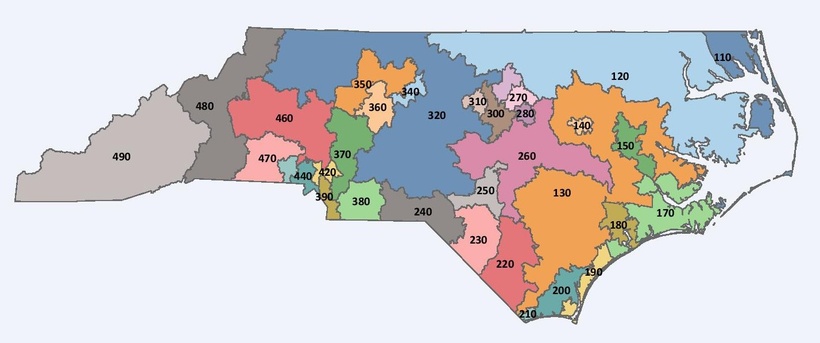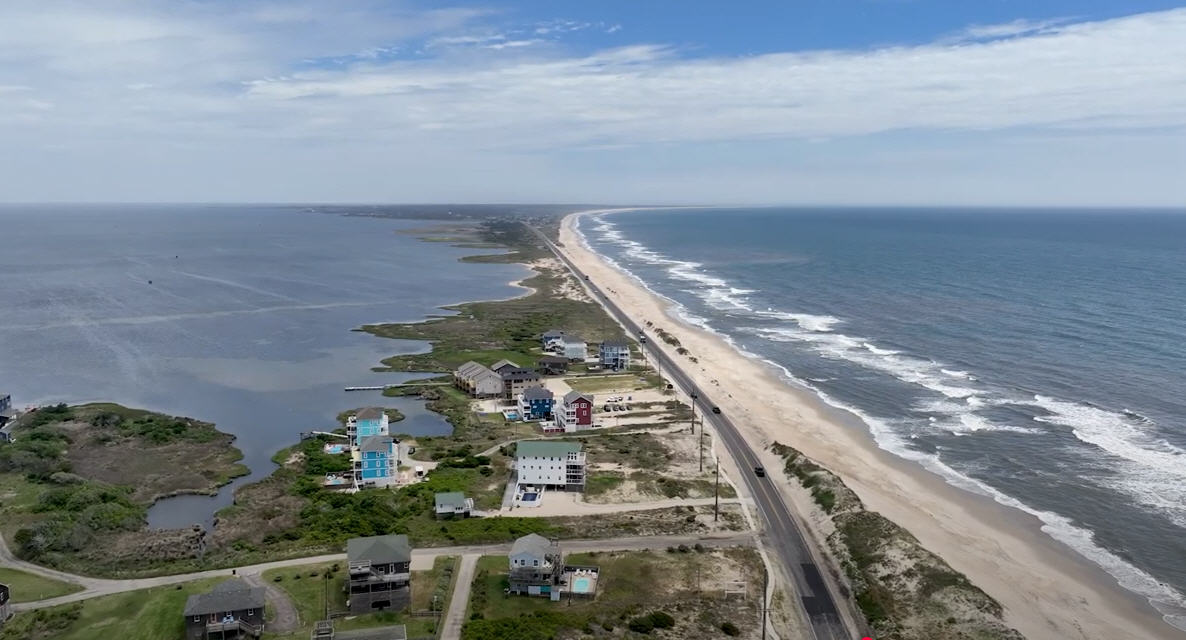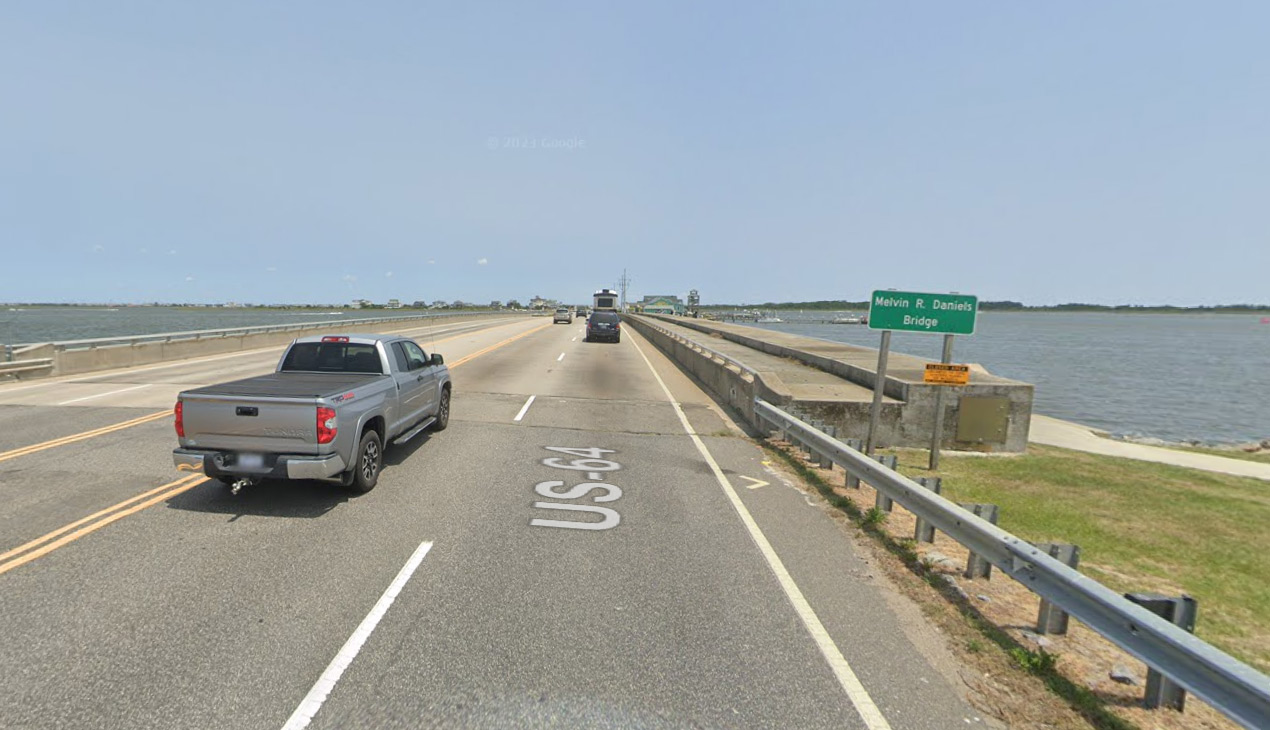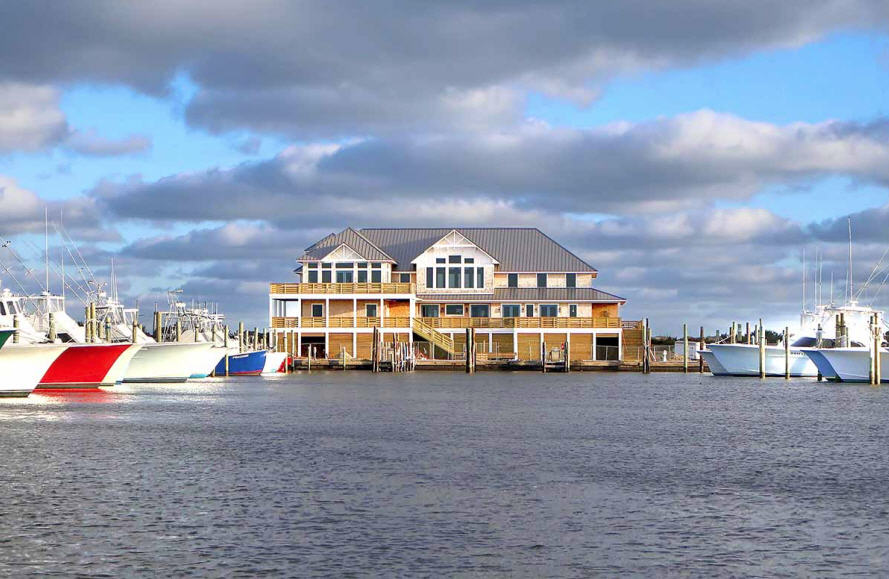Summit Focuses on Climate Risks, Response
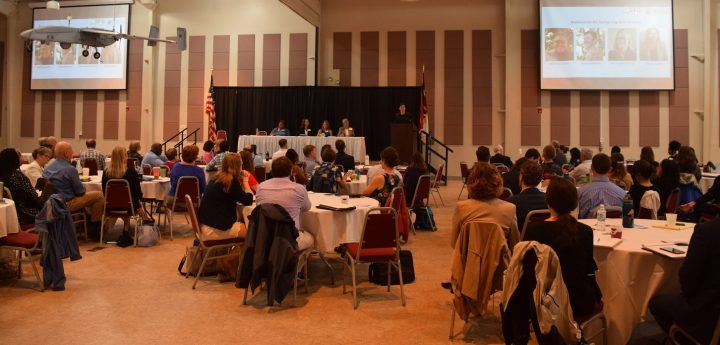
Adapting to living with rising seas, larger, slower, rain-dumping coastal storms, flooding and extreme heat is going to take forward thinking, collaboration and money.
“The planning for resilience, there’s no right way to do it,” said Jessica Whitehead, chief resilience officer of the recently formed North Carolina Office of Recovery and Resilience.

Whitehead moderated the first in a series of panel discussions held Tuesday, which kicked off the two-day North Carolina Coastal Resilience Summit in Havelock.
The summit drew some 270 participants, who listened as national, state and local officials discussed the realities of the changing climate and how to effectively build a resilient North Carolina in the face of climate change.
“Climate change is not just about the water,” Whitehead said. “It’s about heat. It’s about rainfall. Climate is changing as we increase greenhouse gases, period. It’s happening.”
As a result, the risks of flooding, drought and extreme heat events are on the rise and their impacts are likely to be far reaching.
“This has a potential impact on even labor in our country,” Whitehead said.
Working hours for outdoor laborers in the agriculture, forestry and construction businesses may have to be cut back to ensure safe working conditions.
Higher-than-normal bouts of hot days like the ones the state recently experienced where spring temperatures topped above 95 degrees will impact hundreds of North Carolinians on fixed incomes.
Scorching temperatures boost demand on air conditioning units, which equates to higher electric bills.
Nights when temperatures do not dip below 75 degrees affect certain crops.
“Resilience needs to be equitable and inclusive, especially for those who are the most vulnerable.”
— Jessica Whitehead, N.C. Office of Recovery and Resilience
“So, it’s not just ecosystems,” Whitehead said. “It’s impact on people. It’s impact on our economy. Resilience needs to be equitable and inclusive, especially for those who are the most vulnerable.”
Resilience about more than bouncing back from a storm or other weather-related disaster, she said.
“It’s also about building beyond and becoming stronger,” Whitehead said. “It’s actually thinking about planning and building and responding and managing adaptively. There are going to be things that we as a state need to innovate.”
Statewide Effort
Gov. Roy Cooper’s establishment of the Office of Recovery and Resiliency under the Department of Public Safety is among the state’s latest climate adaptation initiatives. The office was created to oversee the recovery and rebuilding from past and future natural disasters and to administer federally funded grants for victims of Hurricanes Matthew and Florence.
Last October, the governor signed Executive Order No. 80, a comprehensive statewide effort to address greenhouse gas emissions, mitigation, adaptation and resiliency programs.
Florence was a Category 1 hurricane when it came ashore near Wrightsville Beach Sept. 14, 2018. The storm lingered for four days, dumping more than 35 inches of rain in some areas, claiming dozens of lives and leaving behind an estimated $17 billion in destruction in the state.

North Carolina, like many other states, is becoming more vulnerable by the day to extreme storms, said N.C. Department of Environmental Quality Secretary Michael Regan.
“Folks, this is personal for us,” he said.
DEQ is to submit a coastal resiliency and climate risk plan that lay out ways to rebuild smarter and stronger to the governor by next March.
“To do that we need your ideas,” Regan said. “Folks, we’re creating a strategic road map so we’re not putting Humpty Dumpty back together the same every time.”
To achieve this, DEQ officials are looking at what other states and countries are doing to adapt to climate change.
“We don’t try to reinvent the wheel,” said Tancred Miller, coastal and ocean policy manager with the state Division of Coastal Management. “We try to learn best practices from around the country.”
He shared three key messages:
- Focus on finding solutions to the problems climate change pose to the state’s coastal areas.
- Plan for tomorrow’s storms, not the storms of yesterday.
- Think about what and where we are building and how we are building it.
Rebuilding Smarter, Stronger
Building infrastructure designed to adapt with climate change decades out, moving existing infrastructure, relocating and, even the highly unpopular topic of retreating, need to be part of the discussion to rebuilding smarter and stronger, some argue.
Managed retreat allows the shoreline to move inland rather than using structural engineering to hold the shoreline in place. In order for this to happen on developed shorelines, some structures would have to be removed.
Rob Young, director of the Program for the Study of Developed Shorelines at Western Carolina University, said one sensible alternative to consider is buyouts.
“In some places not only is it practical, it is the best option in the long run,” Young said.
“(The buyout of vulnerable properties) is not abandoning the coast. It’s preserving the coast.”
— Rob Young, Western Carolina University
Young announced Tuesday the program he heads will release a study in the coming days that explores the benefits of targeted buyouts in erosion hot spots in coastal North Carolina.
“It’s not abandoning the coast,” he said. “It’s preserving the coast.”

Under a buyout program, willing buyers pay fair market value for the property then demolish the structure. The newly vacant land would then be preserved as a protected public area.
“The idea is that hopefully these are voluntary,” Young said. “This can’t really work where you’re condemning properties. It has to be something that benefits everybody at the end of the day. That’s just the way the world works right now.”


